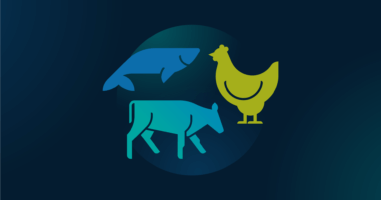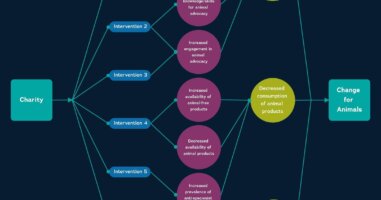Part of our goal as a research organization is to develop methods for evaluating interventions and charities. The methods we’ve developed are tools that can be applied by ACE and by others to understand a variety of situations, and while they often draw from other evaluative practices, ACE uses them in specific and sometimes unique ways. These pages offer details on certain aspects of our evaluative process.
Menu of Interventions
Discover the Menu of Interventions, a research methodology used to categorize and assess tactics in animal advocacy.
Theories of Change
The process by which a charity or intervention creates change for animals can be complicated and difficult to understand. To communicate our assumptions about how change occurs, we use theory of change diagrams.
Menu of Outcomes for Animal Advocacy
This menu of outcomes was developed to inform Animal Charity Evaluators’ charity evaluations and grant-making activities and to support animal advocates in better defining and evaluating their advocacy outcomes.


